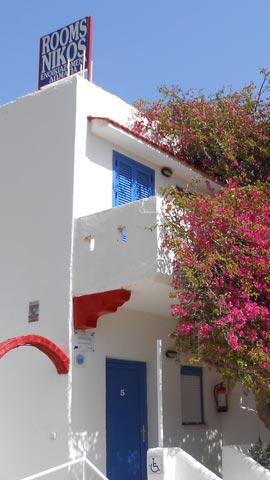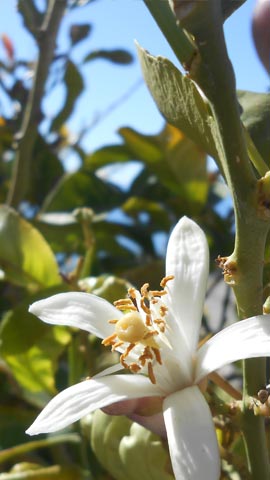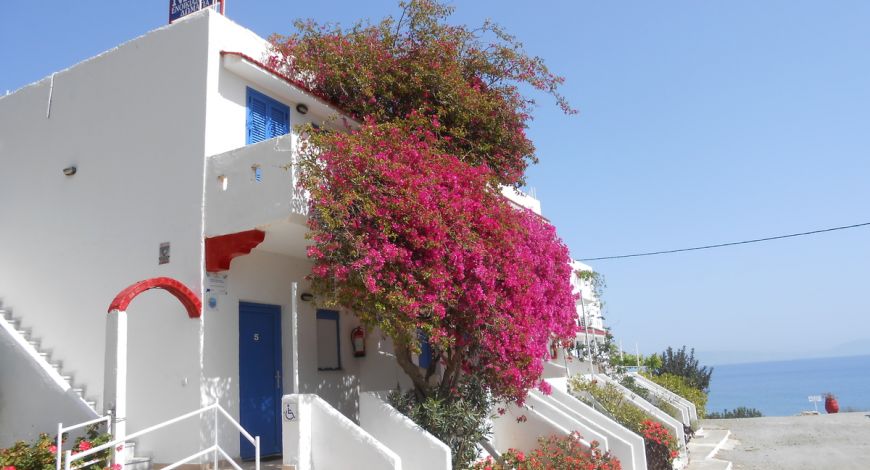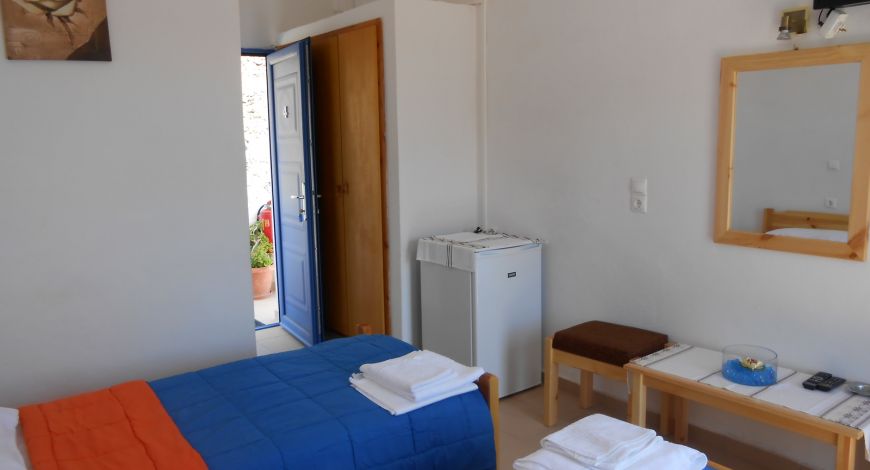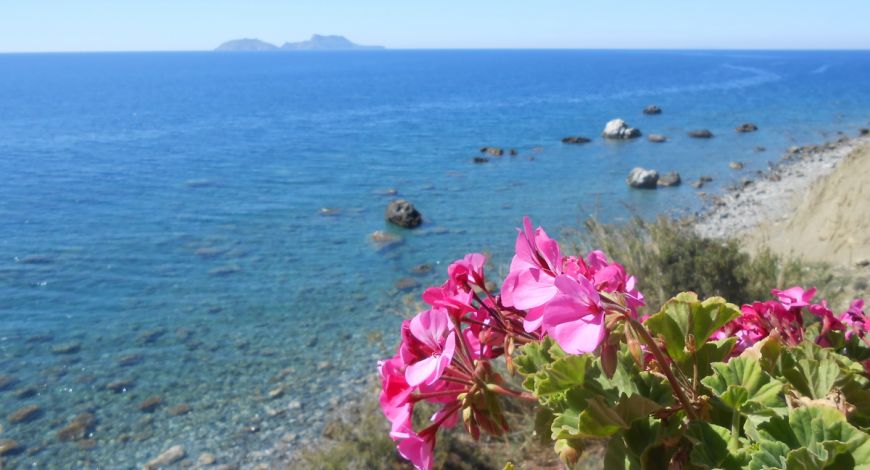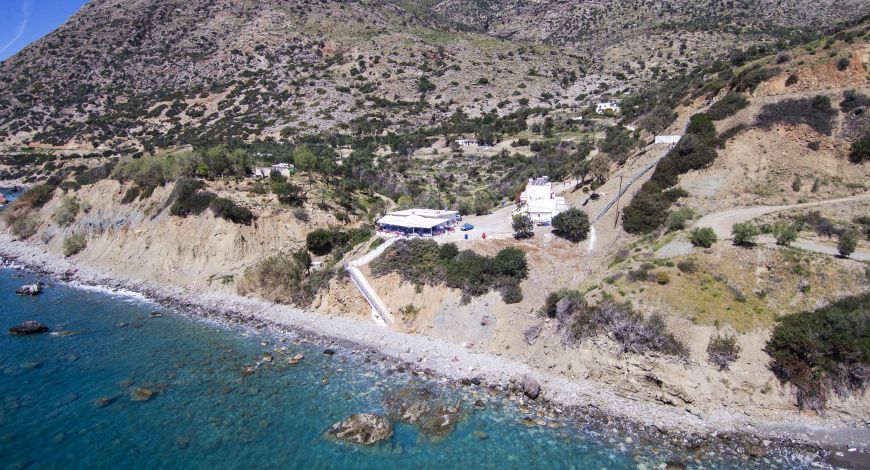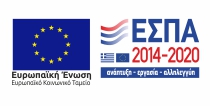-

Taverna & Rooms Nikos
Agios Georgios
A breathtaking view to the crystal clear waters of South Crete
-

An ideal place
for relaxing vacations!
Agios Georgios
On the south of Crete, just a little further from Agia Galini, there is the beach of Agios Georgios. It is a place away from the hustle and bustle of city life, with crystal clear blue waters and a pristine beach. The perfect spot for a relaxing vacation.
While getting to Agios Georgios, you will find many paths that will take you to small chapels or tiny, quiet pebble beaches.
An ideal place
for relaxing vacations!
ROOMS FOR RENT
Cozy rooms next to the beach.
TAVERN
Enjoy traditional flavors while gazing the sea.
FREE WI-FI
Free WI-FI is available in all hotel areas.
AIR-CONDITIONING
All rooms are equipped with air-conditioning.
Nikos Place
Sights
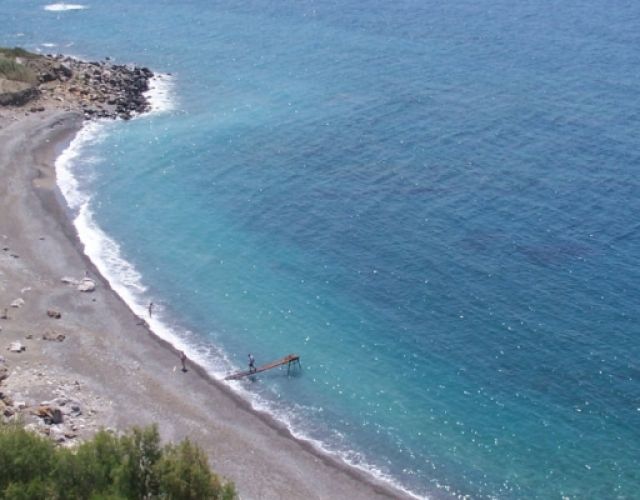
Saint Georges beach
A beautiful beach, right next to Agia Galini can be reached by car or by boat from the port of Agia Galini or even on foot in about 1 hour.
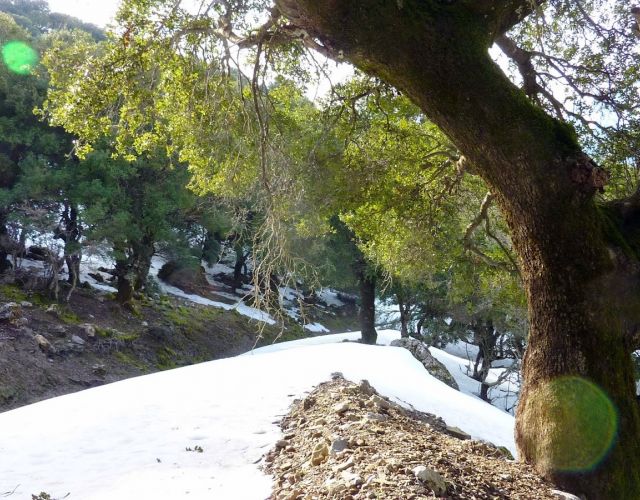
Rouva forest
The holly grove of Rouvas is located 55km south of Heraklion and 16km north of Gergeri village, in one of the most rugged and secluded parts of Crete. This isolation is the main reason for its existence, since humans have fortunately not destroyed that like all the other lost forests of Crete.
Rouvas forest develops in a small - depression - plateau at the southern part of Psiloritis mountain. One can approach the forest either from Gergeri village through the forest road, or from Nida Plateau again through a forest road or even by walking in the European hiking trail E4, starting from the Zaros lake, crossing the amazing Gorge of Agios Nikolaos and reaching the forest after 2 hours.
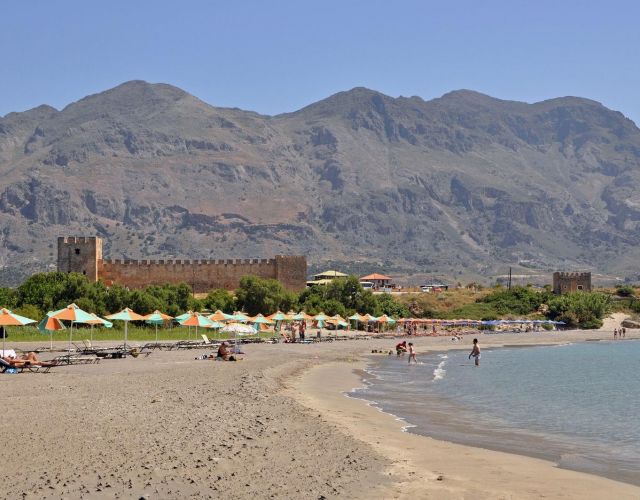
Fragokastelo Beach
A magnificent beach next to the homonym Venetian castle. A visitor can enjoy the beach when it’s not windy. Around the castle there are some restaurants. The route here is relatively difficult, but very scenic.
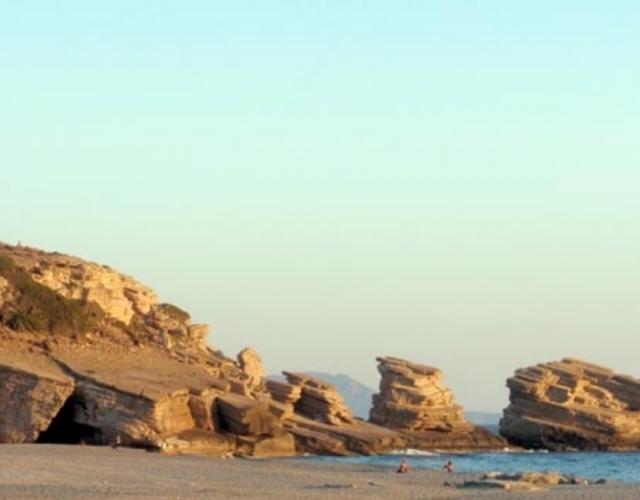
Akoumia beach
A large pebble beach just next to Triopetra. The water here is quite deep and when it’s not windy the visitor can enjoy it.
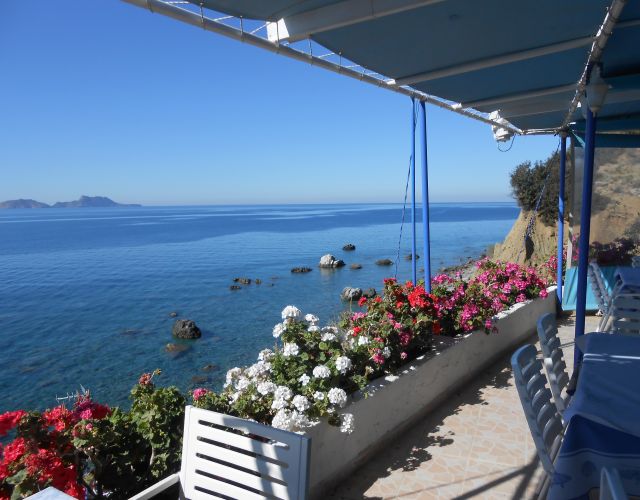
Tavern
Since 1977, the guests in our tavern enjoy traditional Cretan dishes and the breathtaking view to the Libyan Sea.
If you would like to taste fresh fish, live lobster and tasty local Cretan dishes, while feeling that you are on board a cruise ship, the only thing you have to do is to visit us.
Our tavern is in full compliance with the strictest food safety standards HACCP and ISO.
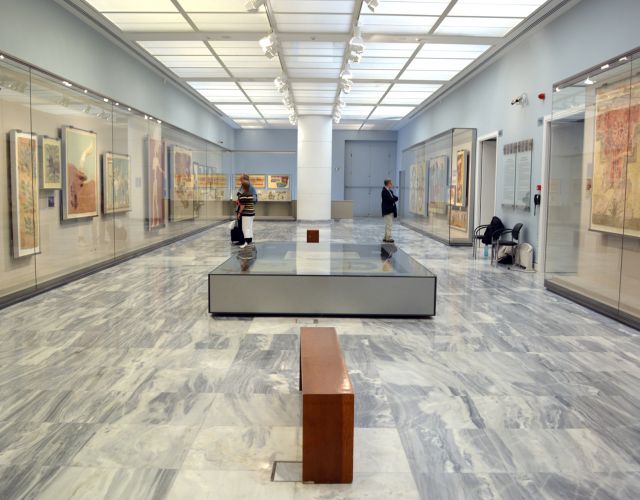
Heraklion Archaeological Museum
The Herakleion Archaeological Museum is one of the largest and most important museums in Greece, and among the most important museums in Europe. It houses representative artefacts from all the periods of Cretan prehistory and history, covering a chronological span of over 5,500 years from the Neolithic period to Roman times.
The singularly important Minoan collection contains unique examples of Minoan art, many of them true masterpieces. The Herakleion Museum is rightly considered as the museum of Minoan culture par excellence worldwide.
The museum, located in the town centre, was built between 1937 and 1940 by architect Patroklos Karantinos on a site previously occupied by the Roman Catholic monastery of Saint-Francis which was destroyed by earthquake in 1856. The museum's antiseismic building is an important example of modernist architecture and was awarded a Bauhaus commendation. Karantinos applied the principles of modern architecture to the specific needs of a museum by providing good lighting from the skylights above and along the top of the walls, and facilitating the easy flow of large groups of people. He also anticipated future extensions to the museum.
The colours and construction materials, such as the veined polychrome marbles, recall certain Minoan wall-paintings which imitate marble revetment. The two-storeyed building has large exhibition spaces, laboratories, a drawing room, a library, offices and a special department, the so-called Scientific Collection, where numerous finds are stored and studied. The museum shop, run by the Archaeological Receipts Fund, sells museum copies, books, postcards and slides. There is also a cafe.


